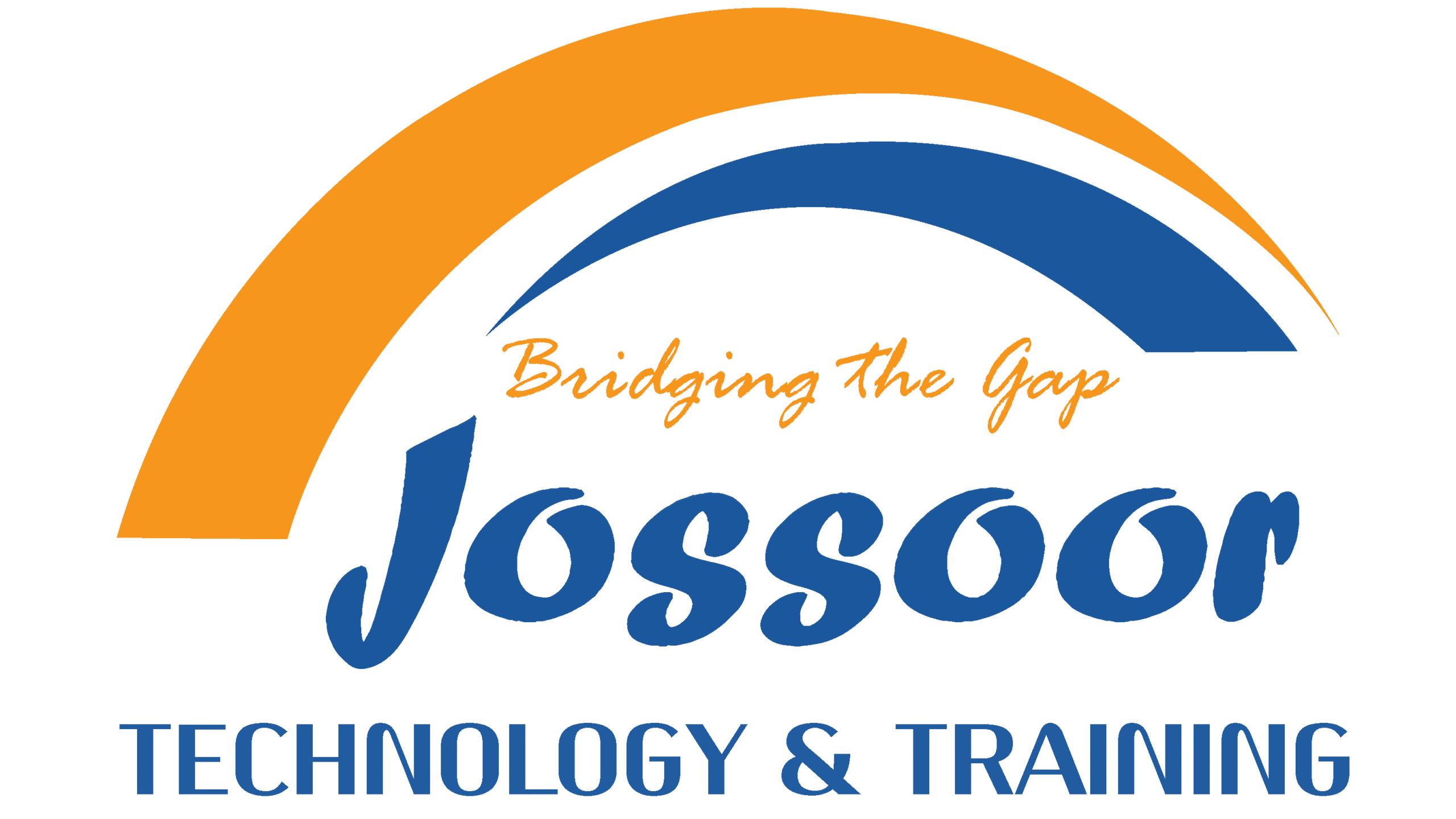

Jossoor aims to change the education paradigm from the traditional classroom model to the interactive and engaging technological model.
Jossoor LMS is a Web-based Learning Management System that provides complete solutions for e-Learning courses to including assessment tools, reporting, class management, communication and collaboration tools and self-paced study programs.
Shifting from traditional classrooms to an interactive, technology-driven learning model.
Providing a comprehensive web-based LMS for seamless e-learning experiences.
Integrating advanced assessment tools, reporting, and performance tracking.
Enhancing class management, communication, and collaboration among educators and learners.
Supporting self-paced study programs for personalized and flexible learning.


